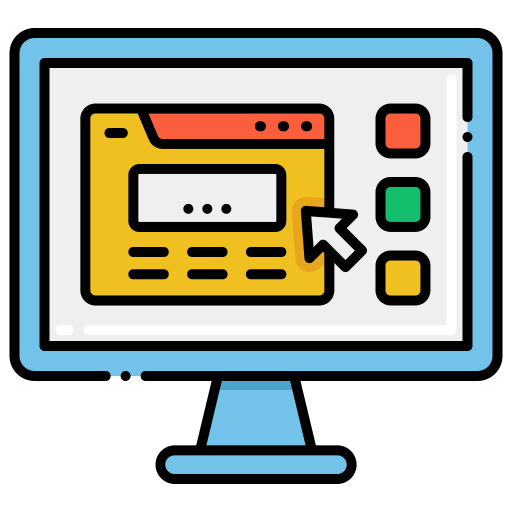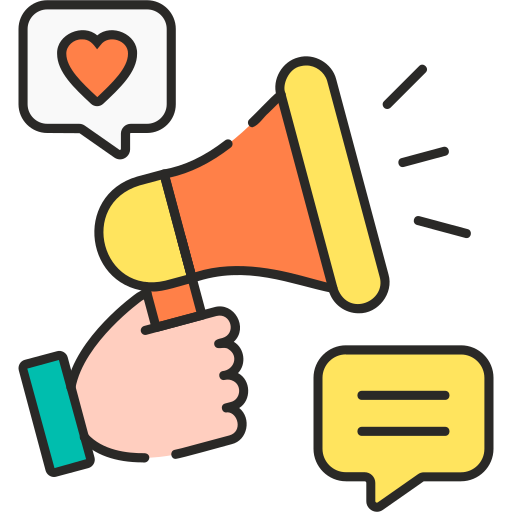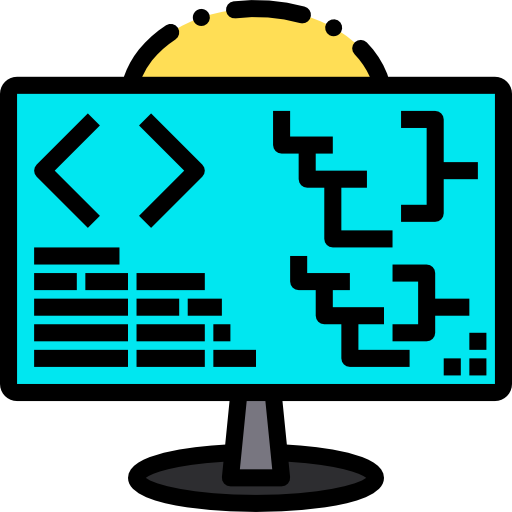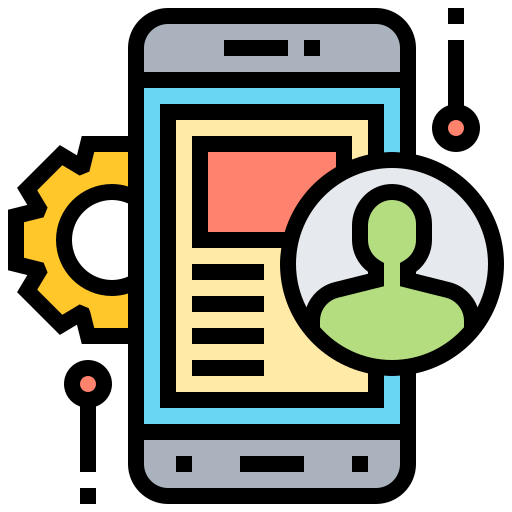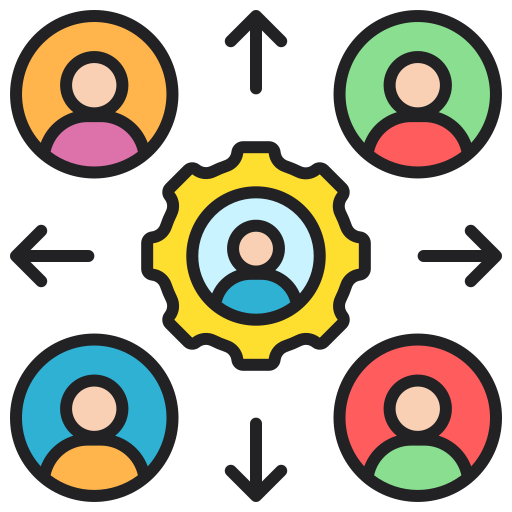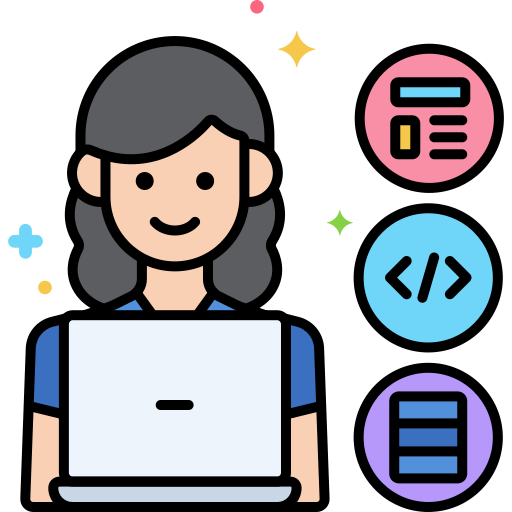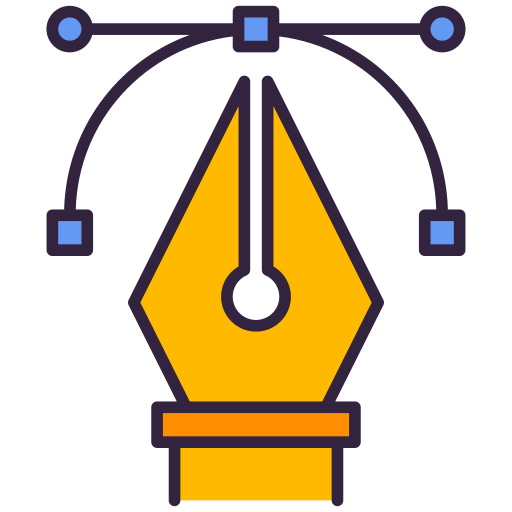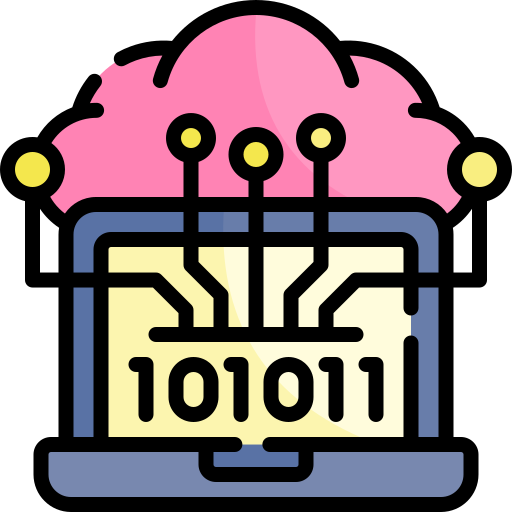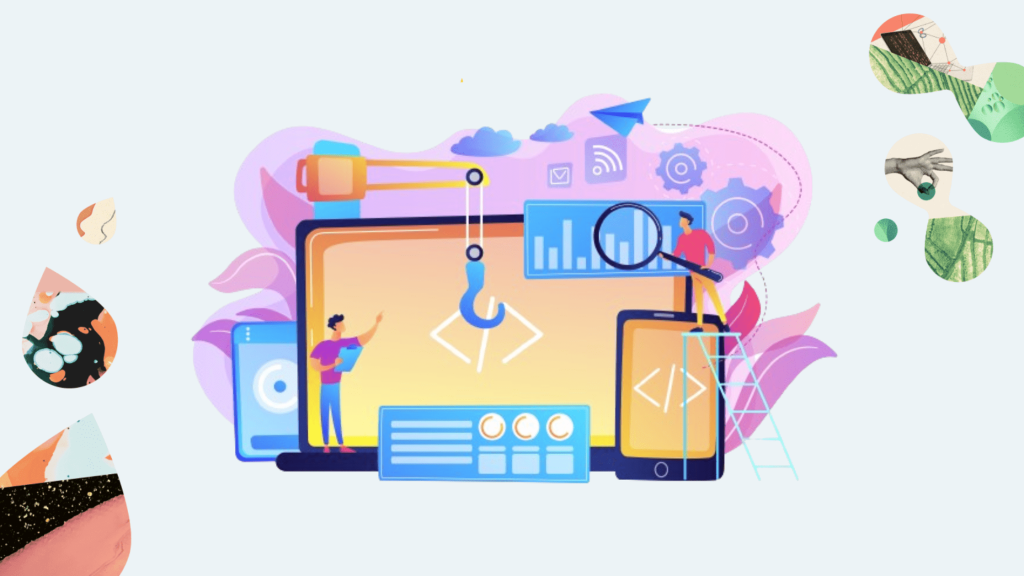The mobile application development industry experiences rapid growth because businesses alongside entrepreneurs produce applications to grow their audience base and deliver better customer interactions while earning revenues. Business entities starting from founders to owners and developers need fundamental knowledge about the development path to achieve success in their mobile app endeavors.
This complete guide brings you through all steps involved in developing mobile applications including idea confirmation before reaching the App Store and Google Play launch stage.
Why Mobile App Development Matters
Mobile applications have established themselves as central components of our modern lifestyle because more than 6.8 billion people across the world own smartphones. Companies which implement mobile applications acquire three essential advantages.
- Better customer engagement
- Increased brand visibility
- Higher revenue through in-app purchases and ads
- Improved operational efficiency
- You should develop your application since this represents an optimal moment to initiate the process.
Types of Mobile Apps
Your app development process needs a clear selection of the appropriate app type that aligns with your defined goals.
1. Native Apps
- These apps are exclusively designed for either iOS devices using Swift/Objective-C code or Android devices that operate on Kotlin/Java programming languages.
- High performance and access to device features
- The development procedure takes longer periods and costs more than your typical standards.
2. Web Apps
- Browser-based applications accessible via a URL
- The application uses HTML and CSS and JavaScript for its construction.
- Cost-effective but lacks native features
3. Hybrid Apps
- A mix of native and web apps
- The application uses development frameworks from React Native or Flutter or Ionic.
- Faster development with cross-platform compatibility
- The selection of application type depends on your financial resources together with project duration alongside necessary application features.
- Step-by-Step Guide to Mobile App Development
Step 1: Validate Your Idea
- To prevent waste of resources perform these steps in order to validate an app concept:
- Conducting market research
- Identifying competitors
- Gathering feedback from potential users
The project requires developers to establish precise features together with intended objectives in Step 2.
- Create a list that includes fundamental app features from a user needs perspective. Make the Minimum Viable Product (MVP) launch faster by including crucial features in order to test market responses.
- Selecting the appropriate technology framework comes next in the development process.
- The selection of your technical stack follows from the app classification design.
- Native Apps: Swift, Kotlin, Java
- Hybrid Apps: React Native, Flutter, Xamarin
- Web Apps: HTML5, JavaScript, CSS, Progressive Web Apps (PWAs)
Step 4: Design UI/UX
It is essential for users to experience an uninterrupted flow from beginning to end. Follow these best practices:
- The interface needs to maintain simple direct design that users can easily understand.
- Material Design serves as the design guideline for Android devices while iOS users need to follow Human Interface Guidelines.
- Users should access the application quickly and easily navigate through it.
Step 5: Develop the App
The development process consists of three critical portions.
Front-End Development: UI design and client-side functionalities
Back-End Development: Database, APIs, and server-side logic
The testing and debugging phase confirms that the application functions properly on every mobile device.
Step 6: Test Your App
Testing reveals bugs to eliminate all issues before delivering the user experience. Use different testing types:
- The purpose of functional testing is to verify feature operation reliability within an application.
- Usability Testing: Evaluates the user experience
- Performance Testing evaluates the application’s speed as well as its operational speed.
- The security testing procedures safeguard user information as well as stop any potential security breaches.
Step 7: Deploy and Launch
- You should submit your finished application to both platforms after performing quality tests.
- Google Play Store (for Android apps)
- Apple App Store (for iOS apps)
- Adhere to each store’s established policy for approval purposes. Rephrase your app after receiving a rejection by using feedback from the testing process.
- The last step involves marketing your application alongside methods to generate revenue through it.
The following measures will help you achieve optimal download numbers and revenue generation:
- Use the search result optimization method known as ASO (App Store Optimization) to achieve higher rankings
- You should use paid advertising techniques in conjunction with social media marketing
- You need all three in-app payment options and reader subscriptions plus advertisements to earn money from your app
- The market is embracing secure transactions as well as smart contracts and decentralized applications (DApps).
5. Wearable and IoT App Development
Specialized application services are needed to support smartwatches along with fitness trackers as well as IoT devices.
Final Thoughts
The development of mobile applications needs detailed advance preparation along with the correct programming structure and powerful promotional tactics. The guidelines provided in this document thus teach you to make successful user-friendly applications no matter what purpose you intend to build them for.
Do you have the mindset to initiate your mobile application development project? Let’s build something amazing today!

